
Not every trip with a child or even several children is limited to the beach, zoo and amusement park. Sometimes parents want to join a higher culture. For example, visit a museum. How to do this with children and have fun? Here are some tips.
1. Honestly, if you are going to a museum just because the guidebooks advise so, because “everyone goes”, for show, then it’s better not to. Boredom is a contagious thing. Go to a museum when you really want to. And then take the children. It may not be possible to convey your love for art and history, but showing your sincere passion for something is a must.
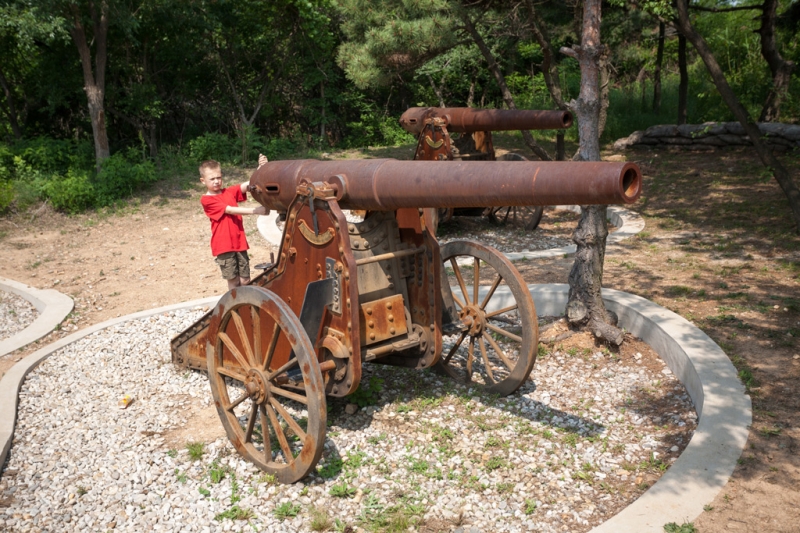
2. If the city is a museum city, then choose the museum that interests you. It didn’t work out with the artistic? Then maybe the historical? Military (hello to dads and grandfathers),
technical? Or change the perspective: sometimes an art museum is worth visiting not only for the collection, but also for the building itself. This is a different feeling of form, space and yourself in it, finally acoustics.
3. Don’t try to embrace the immensity. It’s better to immediately abandon the intention of quickly running around the Hermitage, looking at all the halls of the Louvre with one eye, etc. Even an adult cannot do this. A child, no matter how old he is, is even more so. Outline in advance a theme, a specific room, a painting by some artist that would be interesting to both you and, perhaps, the child. And go towards your intended goal. Believe me, the child will still leave the museum with a full baggage of impressions, because on the way to the painting/hall he will see a lot of other unusual things for himself: drawings on the parquet floor, chandeliers, stairs, doors and their details, etc. Half an hour at the exhibition for a child of 4-5 is more than enough.

4. Find out in advance whether there is a cafe in the museum, and if not, where you can eat near the museum. And if the road to the museum took a lot of time and effort, go to the cafeteria right away. Bread and circuses are inseparable, remember?
5. Visiting museums for children of any age is a serious challenge; There are too many “no’s”. Don’t run, don’t jump, don’t make noise, don’t scream, don’t touch. It is better to talk about these rules with your child in advance. Some guys find it helpful to compare a museum with a temple, with a temple of art in this case. There are also a lot of “no’s” there. And then, at the first opportunity, allow the child to throw out the accumulated energy. Even if you just run up and down the central staircase a few times, it will be easier.
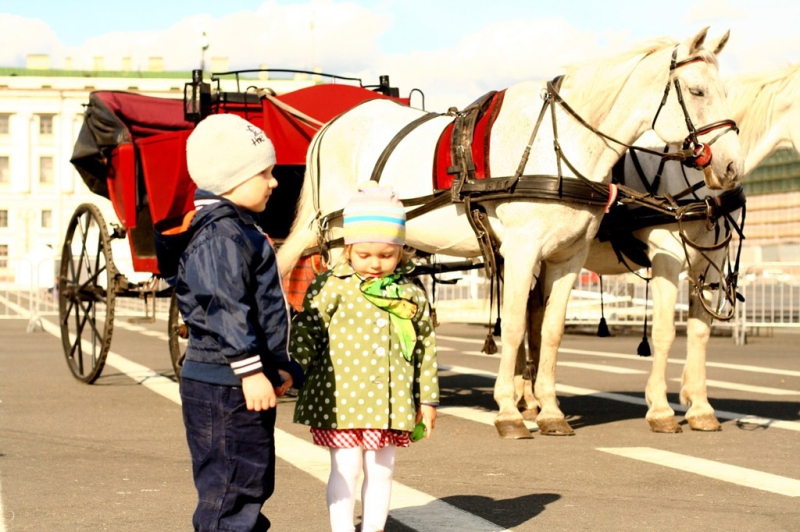
6. If we are talking about winter, then please be humane and take your child replacement shoes – the severity is not great. When in flooded halls you are dragging boots and cotton pants that have become unbearable, no masterpiece will be a joy. In addition, if you dress your child in a special, festive way (this applies primarily to girls),
then it will be easier for him to feel special in the museum. And perhaps the rules are easier to follow.
7. Choose a convenient museum opening time. For example, in St. Petersburg, most museums have “long” days when they are open until 21.00. For example, in the Hermitage it is Wednesday and Friday, in the main building of the Russian Museum it is Monday and Thursday, and in the Great Peterhof Palace it is Saturday. If it is possible to buy tickets online, take advantage of it and save time at the entrance.
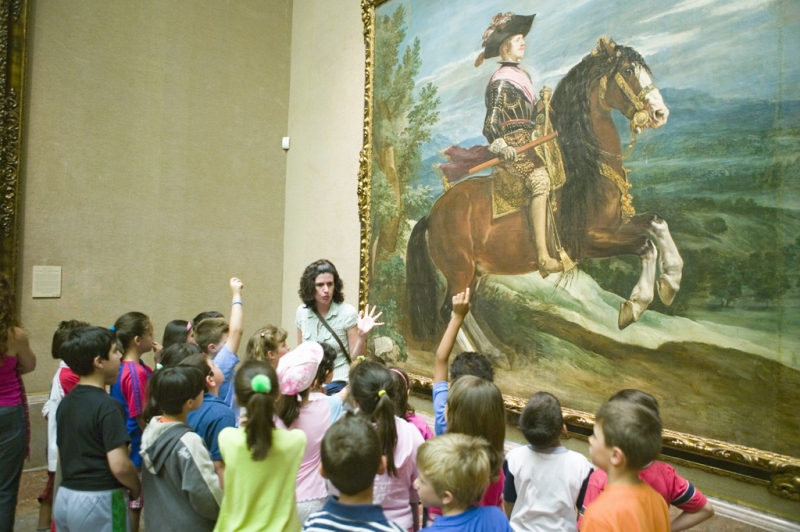
8. Many museums now have children’s programs and tours for children. Perhaps this is an option for you. A museum professional knows his business, and you, most likely, will also be interested: because it is intelligible and “in his own words.”
9. Most museums offer exhibition plans at the entrance. Explain to your child how to use the plan and, perhaps, he will choose the destination of the trip and take you to it – most children like it.
10. Whether to look at reproductions of paintings before visiting museums is a controversial issue. On the one hand, children like the effect of recognition – “Oh, mom! I saw this picture in a book!” On the other hand, sometimes you don’t want to deprive your child of the joy of a discoverer.
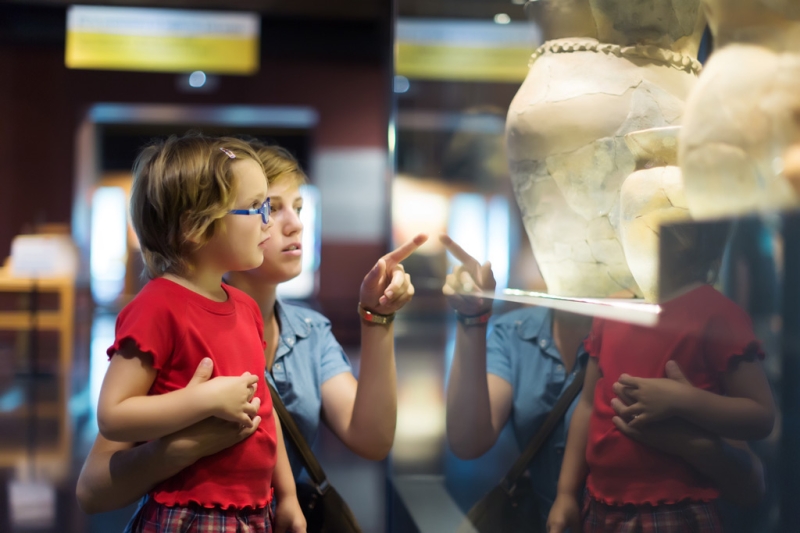
11. Remember that the child sees differently than you. If only because he looks from a different height. “Get down” to the child’s level to understand why he is interested in this or that detail, and take children in your arms to convey “your point of view.”
12. And yet children see differently. If the baby is in a good mood, full of energy, he has the desire and opportunity to look at the exhibits, you will be surprised how much you did not notice even in familiar paintings.
13. As a rule, food or drinks are not allowed in museum halls. But you can’t forbid a piece of candy on your cheek or a caramel on a stick. Glucose will give strength to a tired baby and cheer him up, and parents will have another 15 minutes to communicate with the beautiful.
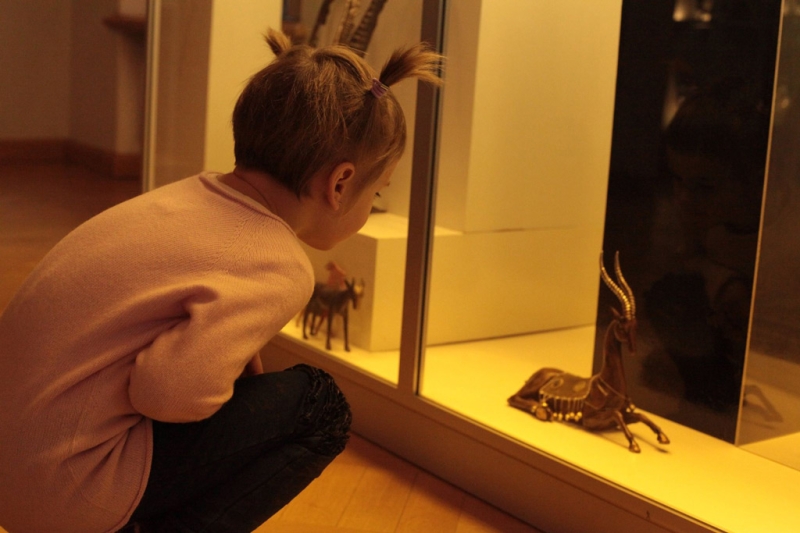
14. After getting acquainted with the exhibition, stop by the museum store and spare no expense on an inexpensive souvenir – even a pencil or a postcard. Let the child have some connection with the place where he was. At home, these souvenirs will probably gather dust and get lost, but then suddenly they will be found and revive childhood memories. And it would be really great to send a postcard purchased at the museum to your home.

